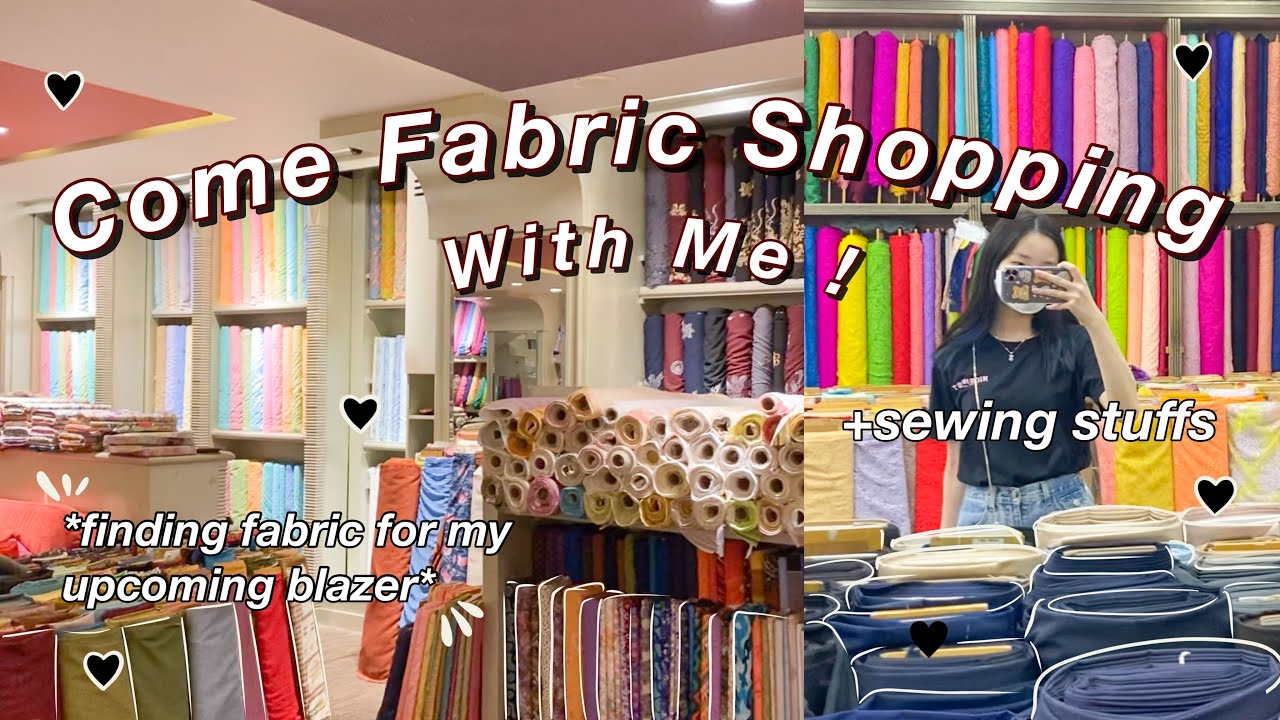Discover the exquisite beauty of Indonesian fabric, a true testament to the country’s rich cultural heritage. With its vibrant colors, intricate patterns, and unparalleled craftsmanship, Indonesian fabric transports you to a world of enchantment and wonder. Each piece tells a unique story, weaving together the threads of tradition, history, and artistry. Batik, a renowned Indonesian fabric, captivates with its mesmerizing motifs meticulously hand-drawn with wax and dyed using natural pigments. Its delicate textures and harmonious blend of colors create a visual feast for the eyes, leaving you captivated by its sheer beauty. Meanwhile, the legendary Ikat fabric showcases the skillful art of resist-dyeing, resulting in striking geometric patterns that reflect the diverse cultural influences of Indonesia’s many regions. From the lush landscapes of Bali to the ancient temples of Java, Indonesian fabric embodies the essence of the archipelago, evoking a sense of adventure and discovery. Whether adorning your home or enhancing your wardrobe, Indonesian fabric brings a touch of elegance and authenticity to any setting. Immerse yourself in the world of Indonesian fabric, where tradition meets modernity, and craftsmanship reigns supreme.

Indonesia Fabric: A Rich Tradition of Textiles
When it comes to textiles, few countries can compare to the vibrant and diverse offerings of Indonesia. With a long history of textile production, Indonesia has become renowned for its intricate designs, unique patterns, and exceptional craftsmanship. From batik to ikat, Indonesia fabric has captured the attention of the global fashion industry and continues to be a source of inspiration for designers worldwide.
The Art of Batik: A Time-Honored Tradition
Batik, a traditional Indonesian fabric, holds a special place in the hearts of locals and visitors alike. The word “batik” itself means “to dot,” and this technique involves creating patterns by applying wax to the fabric and then dyeing it. The wax acts as a resist, preventing the dye from coloring the areas covered. This meticulous process results in stunning designs that often depict intricate motifs inspired by nature, folklore, and cultural symbols. Each batik creation is a labor of love, with skilled artisans spending hours, sometimes even months, to produce a single piece.
The Allure of Ikat: Threads Woven into Stories
Ikat, another beloved Indonesian fabric, is known for its distinctive tie-dye patterns. The term “ikat” comes from the Indonesian word “mengikat,” which means “to tie.” In this technique, the threads are tied in specific patterns before dyeing, resulting in a beautiful and often asymmetric design. The tying process requires great skill and precision, as the patterns need to align perfectly when the threads are woven into cloth. Ikat fabrics often tell stories through their motifs, representing cultural heritage, mythology, and even social status. The intricate designs and vibrant colors make ikat a favorite choice for clothing, upholstery, and decorative pieces.
Indonesia’s Natural Fibers: Sustainable and Beautiful
One of the reasons why Indonesia fabric stands out is its extensive use of natural fibers. Cotton, silk, and linen are commonly used, each with its own unique properties. Cotton, known for its breathability and softness, is a popular choice for everyday wear, while silk adds a touch of luxury and elegance to special occasions. Linen, with its natural texture and durability, is often used for home decor items such as curtains and tablecloths. These natural fibers not only provide comfort and aesthetic appeal but also contribute to a more sustainable and eco-friendly fashion industry.
Regional Diversity: A Tapestry of Textiles
Indonesia’s vast archipelago is home to numerous ethnic groups, each with its own distinctive textile traditions. From the batik of Java to the songket of Sumatra, the diversity of Indonesia fabric reflects the country’s multicultural heritage. Each region has its own techniques, patterns, and color palettes, resulting in a rich tapestry of textiles that showcases the unique cultural identities of its people. Exploring the different regions of Indonesia allows visitors to experience the breadth and depth of the country’s textile traditions, from the intricate weavings of Bali to the elaborate embroideries of Sulawesi.
In conclusion, Indonesia fabric is a true testament to the country’s rich cultural heritage and artistic traditions. The intricate designs of batik and ikat, the use of natural fibers, and the regional diversity all contribute to the uniqueness and beauty of Indonesian textiles. Whether you are a fashion enthusiast, a textile collector, or someone who appreciates fine craftsmanship, Indonesia fabric is sure to captivate your imagination and leave a lasting impression.
“Unraveling Central Jakarta’s Vibrant Tapestry: A Haven for Fabrics and Sewing Supplies in Indonesia”
Indonesia Fabric
Indonesia Fabric
| Fabric Name | Origin | Characteristics |
|---|---|---|
| Batik | Java | Batik is a traditional Indonesian fabric that is known for its intricate patterns and vibrant colors. It is made using a wax-resist dyeing technique, where patterns are drawn with hot wax on the fabric, which then resists the dye. The process results in beautifully detailed designs that reflect Indonesia’s cultural heritage. |
| Ikat | Various regions | Ikat is a weaving technique used in many regions of Indonesia, including Bali, Flores, and Sumba. The fabric is created by tying and dyeing the yarns in specific patterns before weaving them into cloth. This process creates unique, blurred designs that are characteristic of ikat textiles. It is often used to make garments, accessories, and home decor items. |
| Songket | Sumatra | Songket is a luxurious fabric traditionally woven in Sumatra. It is created by weaving metallic threads, such as gold or silver, into the fabric, resulting in intricate and shimmering patterns. Songket is often used for special occasions like weddings and ceremonies, and it represents wealth and social status. The weaving process is highly time-consuming and requires great skill. |
| Tenun | Various regions | Tenun refers to the traditional handwoven fabrics found in various regions of Indonesia, such as West Nusa Tenggara, East Nusa Tenggara, and South Sumatra. The fabrics are made using a backstrap loom or a foot-treadle loom, and they showcase intricate geometric patterns and vibrant colors. Tenun fabrics are often used for traditional clothing, home decor, and accessories. |
| Gringsing | Bali | Gringsing is a rare and highly prized double ikat fabric produced exclusively in the Tenganan village in Bali. It requires immense skill and precision to create, as both the warp and weft threads are resist-dyed before weaving. The result is a fabric with symmetrical and intricate motifs that are believed to possess magical properties. Each piece of Gringsing is unique and takes months to create. |
Indonesia is renowned for its diverse and exquisite range of traditional fabrics. These fabrics not only showcase the country’s rich cultural heritage but also represent the exceptional craftsmanship of Indonesian artisans. From the intricate patterns of Batik to the shimmering metallic threads of Songket, each fabric tells a story and carries a unique cultural significance. Whether it’s for clothing, accessories, or home decor, Indonesia’s fabric traditions offer a plethora of options that cater to different tastes and preferences.

